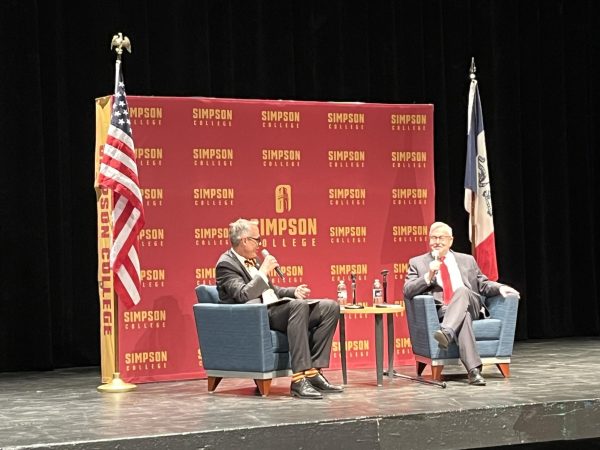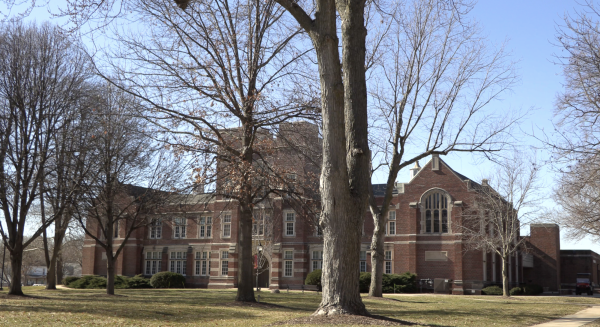SGA updates the finance code
February 21, 2012
The Student Government Association (SGA) met last week to update their finance code in order to clear up confusion and make sure groups aren’t being discriminated against.
The most substantial change is the addition of a “two tier” system in which student organizations are divided based on size and consistency of budgeting. Other changes include rewording of certain parts of the finance code in hopes to cut out any gray areas that there may have been.
“The changes to the SGA finance code are pretty extensive,” said Joe Sorenson, senior and student body president. “We wanted to simplify the wording in the code so student groups could better understand it, and be able to know what should go into a budget request and not. We also changed the structure of the finance code in a way that will allow SGA to finance groups better.”
All of the changes made were implemented so that SGA could serve student organizations as efficiently as possible. They realized that they serve two basic types of organizations, and there was a better way to serve them.
The groups in the “tier one” category are those that require funding throughout the summer, have a consistent budget and are generally much larger. These organizations must also have their program calendar set far enough in advance that they are able make requests for the next year in the spring.
The groups that fall into the “tier two” category are those that wait until the coming fall semester to determine their leadership and organizational activities. Generally, these are smaller groups who will not have their budget set.
Although not all groups will have “tier one” status, SGA is confident that this is a non-discriminatory process.
“This is really fair to all groups,” said Andrew Dexter, sophomore and student body treasurer. “The organizations that have a bigger impact on campus will rank as tier one, and we are not discriminating on any of the groups because they all have the opportunity to apply for this status.”
The finance code also received a few nips and tucks in its wording in order to make it as easy as possible for students to understand and act on.
In addition to the tiers, the standard travel procedure for organizations was altered.
“There was a lot of gray area with travel in a finance code because there are things you just don’t foresee,” Dexter said. “We want to aim to do a better job of funding groups to go to conferences as long as they can bring back some new knowledge and ideas to campus.”
Many steps were taken in the revision of the finance code in order to satisfy all parties involved.
“The new finance code was presented to Org Board, which has all types of groups that sit on the board,” Sorenson said. “They were in full approval of the changes and thought the changes would benefit all groups.”
SGA also reached out to several active groups on campus to seek feedback and took those responses into full consideration.
“I was on budget committee last year, and things would come up in discussion that I felt I didn’t really have an answer to,” Dexter said. “The finance code was not black and white about certain things, so we cleared that stuff up so SGA can better interpret it and make the best decisions.”
With the new “two tier” system and clarification on wording, SGA will be able to allocate funds for student organizations as efficiently as possible.
“As long as students are willing to ask questions and learn the changes to the finance code, all groups and students should gain (from the change),” Sorenson said.














